One Of Our Solar System’s Moons Could Create Life?
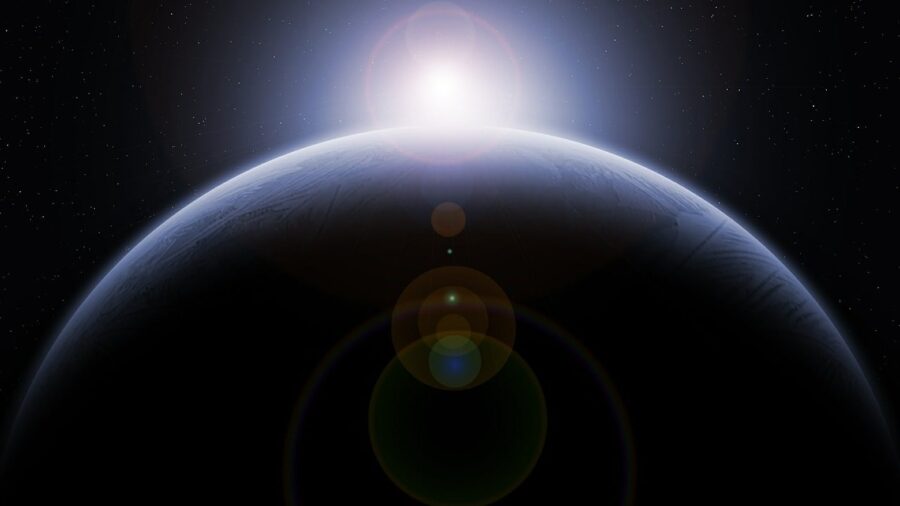
Universe Today reports that Saturn’s moon, Enceladus, may have the perfect ratio of elements to sustain life. Over 790 million miles away from Earth, the icy moon was discovered to have geyser-like plumes of water coming from beneath the moon’s icy surface. What’s more, NASA’s Cassini spacecraft mission, which completed its exploration of Saturn’s system in 2017, revealed that Enceladus’ water plumes contain a mix of chemicals like carbon dioxide, water vapor, as well as ammonia and phosphorus.
The Redfield Ratio
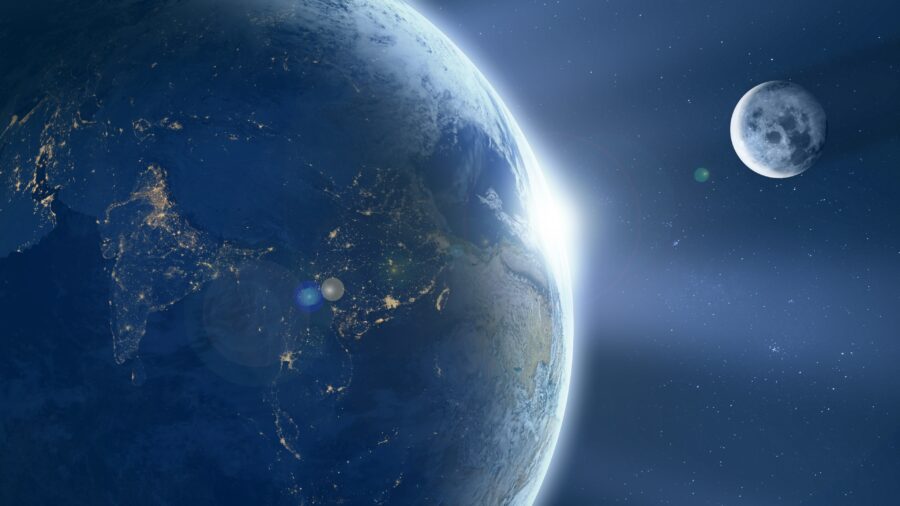
Six years later, scientists are still compiling data from Cassini’s close proximity flyby mission, and the current research suggests that Enceladus boasts what’s known to researchers as the Redfield ratio. In simple terms, Oceanographer Alfred Redfield’s research asserts that the ratio of carbon to nitrogen to phosphorous (C:N:P) is critical to sustaining life across Earth’s oceans.
Though the ratio does vary on Earth depending on the region of study, as well as the various species of plankton that are localized within those regions, it’s a working dataset that can be further studied as we continue to seek out lifeforms on other distant celestial bodies.
Methanogenesis

But even if Enceladus boasts the Redfield ratio, it doesn’t necessarily mean that there is intelligent life living beneath its surface. But the research seems promising, as the current biochemical modeling points to the process of methanogenesis, which is a metabolic process found in living things that produce methane. The complexity of these organisms is up for debate, however.
Though signs of methanogenesis are certainly signs of life in the right context, like on Earth, there can be false positives because methane doesn’t necessarily have to be produced biologically. In other words, methane production may very well be a product of other chemical interactions that aren’t coming from a living and breathing organism on Enceladus.
Or if the source of the methane is, in fact, coming from a biological source, we may be talking about simple single-celled organisms that have yet to evolve to a more advanced state of being.
More Research Is Needed
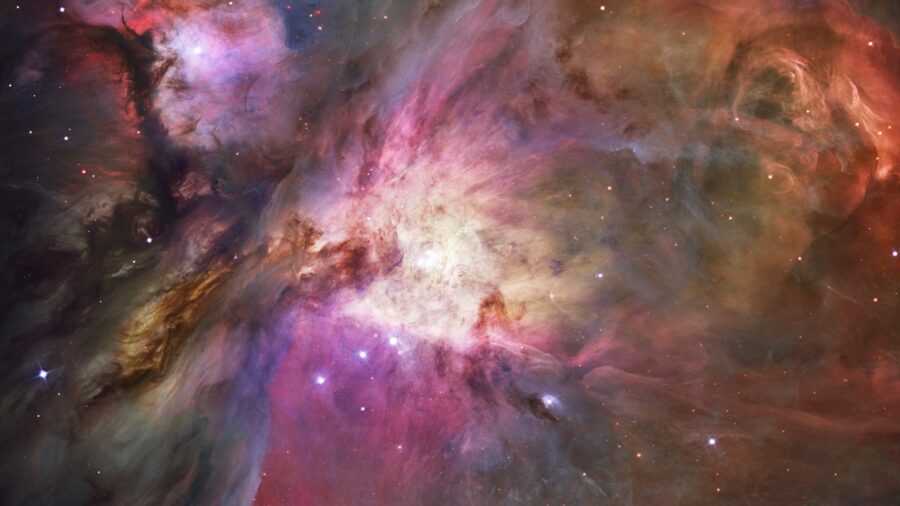
The Redfield ratio makes sense when we look at life on Earth, but scientists mulling through the data are also cognizant of the fact that possible life on Enceladus may thrive under different conditions. The next steps that need to be taken involve looking at the bigger picture. As more data from Enceladus is considered and extrapolated upon, other factors like cell size, nutrient availability, radiation, salinity, and temperature are other conditions that need to be studied.
Jupiter’s Moon Also Has Potential
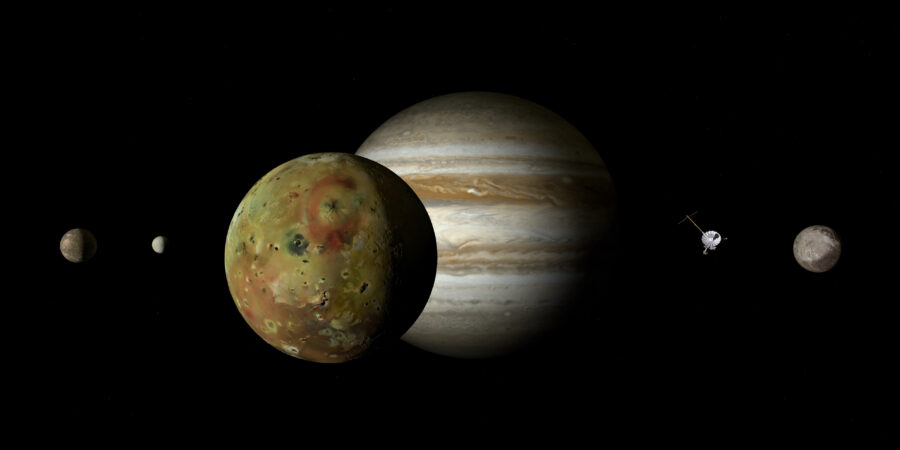
Just like Saturn‘s Enceladus, Jupiter’s ocean moon, Europa could also potentially sustain life based on our current understanding of a living organism’s biological makeup. Upcoming missions to Europa will allow researchers to gather more data, and compare notes so we can truly understand what’s going on with these giant masses of water and ice.
Is Moon Colonization Next?
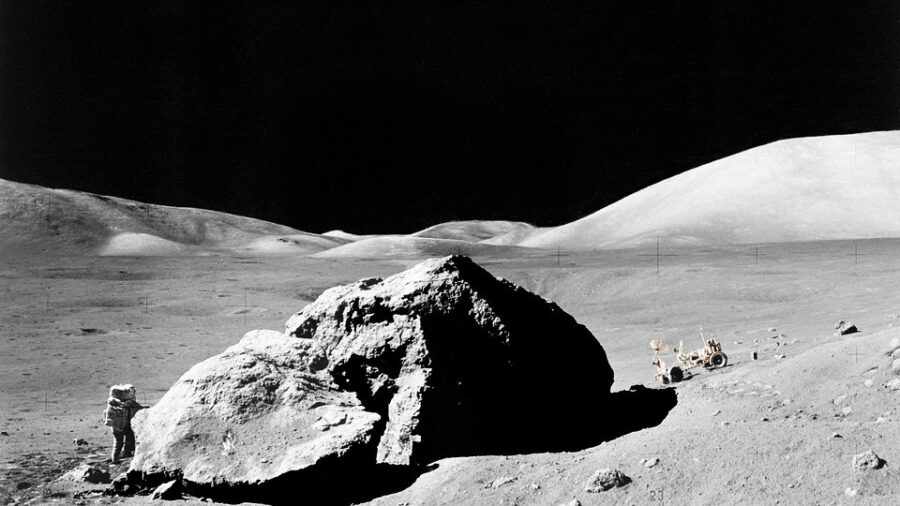
It may be years or decades before scientists compile enough data to prove their hypotheses, but as instrument science and telescopes become more advanced, the ability to add more data points to the equation will provide insight on whether these celestial bodies can possibly harbor life as we know it.
Though we’re currently stuck comparing Earth’s life-sustaining conditions to other far-off planets and moons like Enceladus, it makes more sense to compare apples to apples, and compare masses like Enceladus and Europa because distant life may thrive under different conditions that we’re not considering at this point in time.












